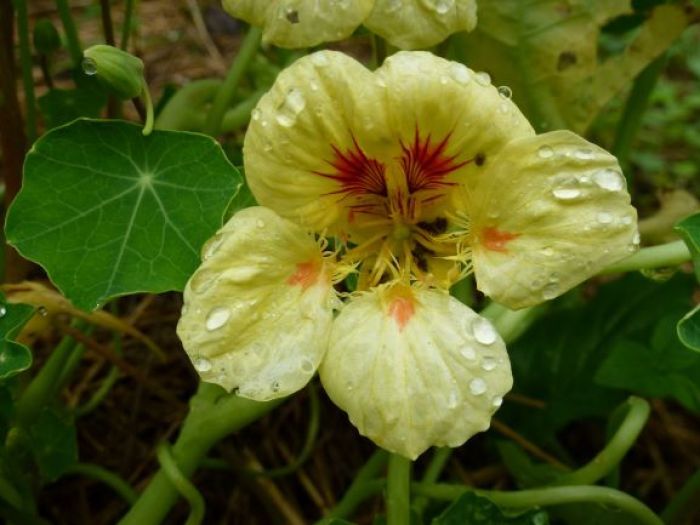
Nose-Twisting Nasturtiums
Tropaeolum majus
Plant Profile
Family: Tropaeolaceae
Common names: nasturtium, Indian cress, trophy cress, trophywort,
Native Habitat: Peru, parts of South America
Plant Type: Annual
Growth Habit: Dwarf bushy cultivars grow from 8 to 18-inches in height, while the climbers can easily reach 6 to 10 feet, or more.
Hardiness: hardy in frost-free locations
Light: best in full sun; can tolerate a few hours of shade, which produces more leaves with less flowers
Water: moist but not wet; will tolerate some drought
Soil: friable and porous garden loam, well-drained soil; does well in containers
Propagation: seeds in spring
“Nasturtium is an herb which for me has three uses: it lights sober herb beds with its bright colors of orange and yellow; all summer it decorates salads with leaves and gay flowers; and in the autumn it provides green seeds for pickling. Does it not earn for itself a place in an herb garden?”
—Annie Burnham Carter
In An Herb Garden
One of my very favorite flowers that I grow in all of my gardens for many reasons-are nasturtiums-and I affectionately refer to these garden rowdies as “nasties”. They are easy to cultivate, and effortlessly fill in garden space, with their mounds of fun foliage even before their showy colors appear. The unusual foliage has rounded, wavy-edged leaves. The leaves are attached to their stems from the underside, directly in the center of the leaves, so that they resemble fairy umbrellas. These center-stemmed leaves radiate veins from a center dot looking somewhat star-like and range in various shades of green: grey-green, bright green, blue-green, and variegated. The spurred, trumpet-shaped flowers are available in a palette of bright colors from tropical creamy yellow, peach, and coral to vivid primary yellows and reds, in addition to knockout oranges, golds and even mahogany.
No wonder, Monet cultivated them liberally throughout the gardens at Giverny, where he captured the mounding masses of jewel-colored blooms in numerous of his famous paintings. Thomas Jefferson planted nasturtiums in his garden every year and lamented when he couldn’t get seed enough for a bed of them measuring 10 x 19-yards. In Green Enchantment by Rosetta Clarkson, she writes of a Dr. Fernie commenting on “nasturtium flowers giving out sparks of an electric nature at sunset.” Richard Mabey of The New Age Herbalist adds the scientific fact, “It is said that on hot summer days sparks are emitted from the heart of the flower due to its high phosphoric acid content.”
We owe our gratitude to the Spanish conquistadores for bringing the fiery-colored Tropaeolum minus back to Europe from South America more than 500 years ago. The species is a vine that can easily grow about 8 to 10 feet and likes a fence or trellis for support. The more common nasturtium cultivars grow in mounds or trail along borders, spill over walls or over the edges of containers. Nasturtiums start easily from seed in average soil and full sun; I put them in early in my Zone 7 garden (about the same time that I put in early greens) in late March, early April.
I like the ritual-going about the garden with my seed packs-poking the fat bumpy-round seeds in the cold earth with my finger along the edges of the kitchen bed. I plant them anywhere from 8-inches (for masses) to a good foot apart. Keep them well watered; however, do not fertilize too much or you’ll get massive leaf growth with few blooms. Harvest leaves regularly to keep them bushy. It is said that due to the shield-like form of the leaf and the helmet-shaped blooms that the botanical name derives from tropaion, the Greek word for “trophy.”
I just love that their name combines the Latin nasus for “nose” and tortus for “twisted” describing how our nose twists or wrinkles when we inhale their spicy scent. In The Fragrant Garden by Louise Beebe Wilder she agrees, “… perhaps the individual odours of the summer garden are derived from certain plants which persons of hyper-sensitive nasal organs may turn from in disgust. I call these plants Nose-twisters, because the rough and heady scent of Nasturtium, which seems to have in it something bitter, something peppery, and a vague underlying smoky sweetness, is representative of them.”
In the kitchen, you can use both the fresh foliage and flowers to add a pleasant hint of heat and pungency (this dissipates when cooked so I use them mostly fresh) to many summer dishes. The leaves are high in vitamin C, and add a peppery cress-like flavor to salads, sandwiches, green sauces, shredded and tossed with pasta, rice, couscous or chicken salad, or chopped as a topping for pizza.
The blossoms have the same pepperiness as the leaves, but are milder with a hint of floral scent. They make excellent containers for cold salads-egg, chicken and vegetable-as well as cheese spreads. Since they are a bit fragile when filled, I tend to put them on a slice of vegetable or bread in order to pick them up easily. Whole flowers can be used in salads or as garnishes; vinegar flavored with nasturtium flowers is lovely in color and interesting in flavor. Cut flowers and leaves into chiffonade (thin ribbons) and blend with butter, or toss with egg salad, noodles, vegetables, or fish. The unopened buds, marinated in wine or vinegar, make an unusual refrigerator pickle. Seeds are harvested and pickled and used as a substitute for capers.
To harvest leaves, pick them and remove stems, wash and use like lettuce. For flowers, pick them with long stems and keep them in a glass of water until ready for preparation.
In the past few days, I have just harvested root crops and with today’s new moon, we are headed into two weeks of planting above-ground crops. Since I have garden space available now, I will sow more nasturtium seed this week and get a second round of blooms before frost. Get out there and sow some seeds for fall blooms which will add color to your garden and zest to your kitchen!
Fine Gardening Recommended Products

A.M. Leonard Deluxe Soil Knife & Leather Sheath Combo
Fine Gardening receives a commission for items purchased through links on this site, including Amazon Associates and other affiliate advertising programs.
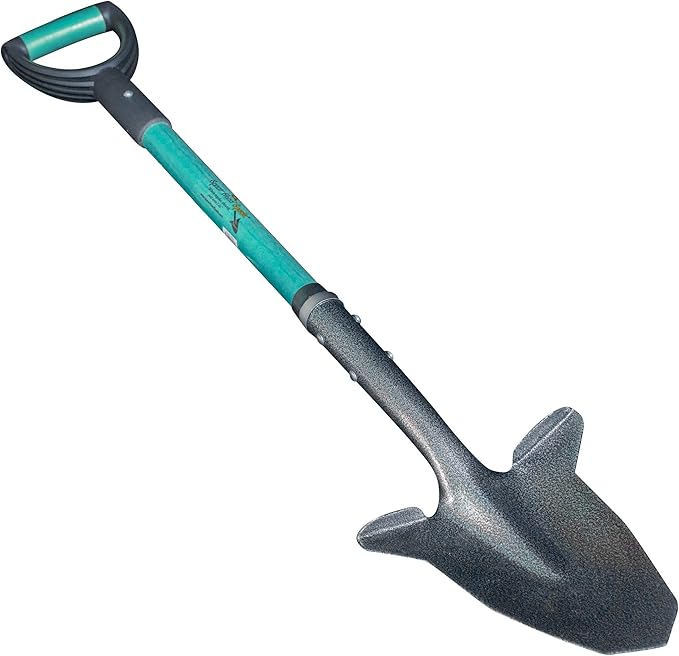
Spearhead Shade Gardening Shovel with Steel-Reinforced Fiberglass Handle
Fine Gardening receives a commission for items purchased through links on this site, including Amazon Associates and other affiliate advertising programs.
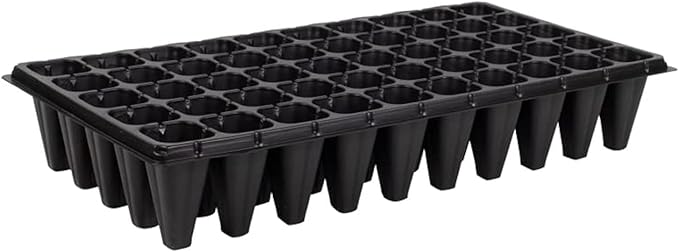
Nothers RooTrimmer 50 Cell, 10pcs
Fine Gardening receives a commission for items purchased through links on this site, including Amazon Associates and other affiliate advertising programs.


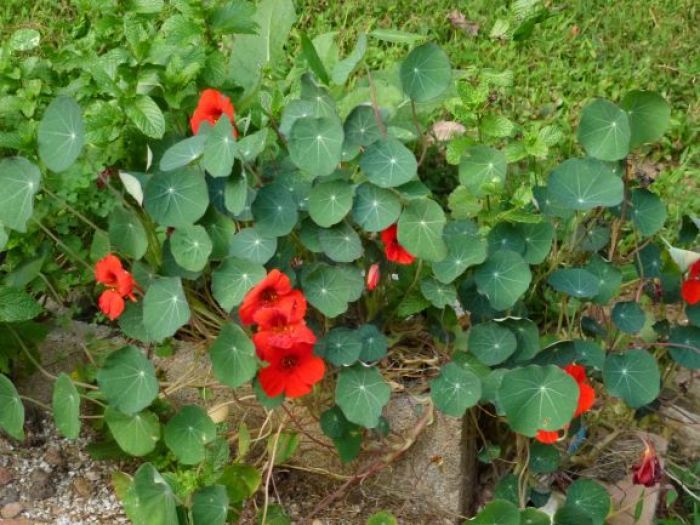
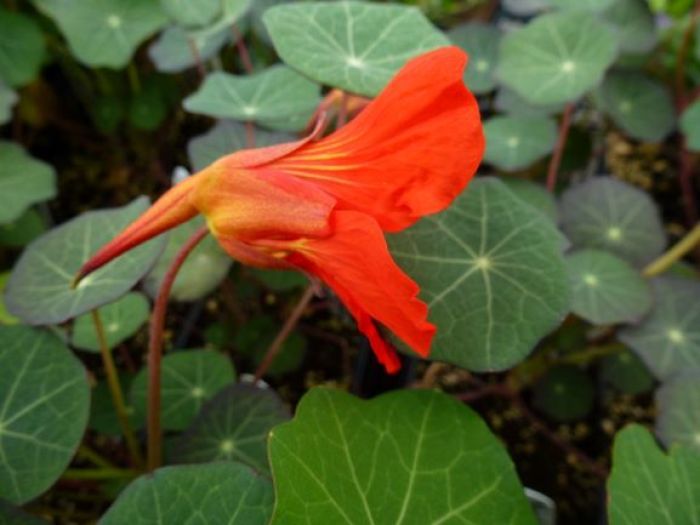
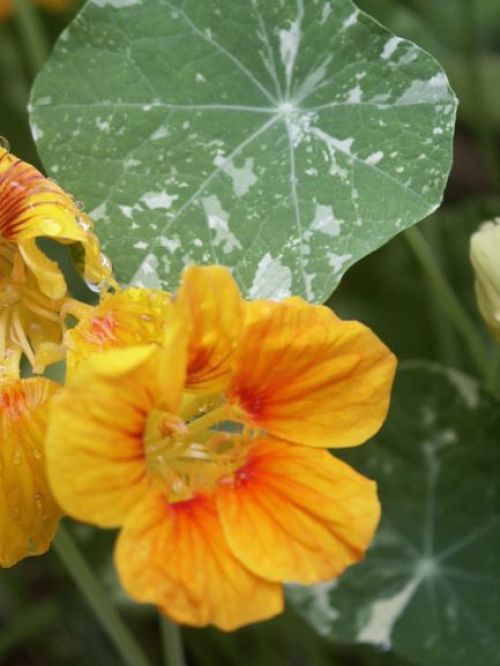
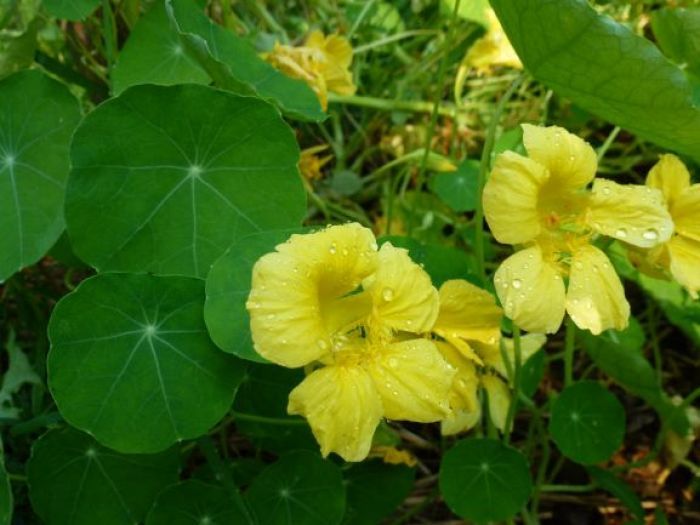






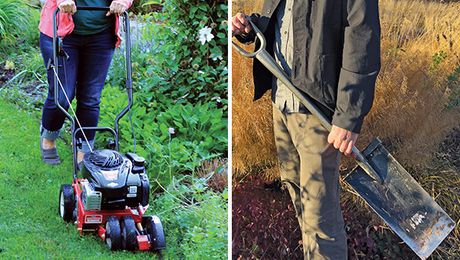









Comments
Nasturtiums are also my very favorite flowers and I love to grow them in my garden. I really like this beautiful flower because of outstandingly distinguishable odor and such charming appearance. I always get my business research paper done by studyclerk.com/blog/business-research-topics site. Another fascinating fact about them is that we can easily grow them on any kind of soil.
Multiple times I saw this flower but for the first time I got its name that is "Nasturtiums". The name is really beautiful just like this flower. This flower is also present in my office named "https://www.logodesigner.ae/infographic-designs" where my job is to design infographics to increase the branding apperance of firm.
This flower looks quite strange. Beautiful texture. If you find this life interesting, explore duck life to experience the life of ducks.
Your information about flower is so unique i cant hear before this fact thanks for sharing this post with us 2023 nfr jacket
This is the perfect gift for someone Mens B3 RAF Black Aviator Bomber Jacket who appreciates classic and rugged fashion styles.
It's time to step up your style with our patrick bateman coat
Log in or create an account to post a comment.
Sign up Log in